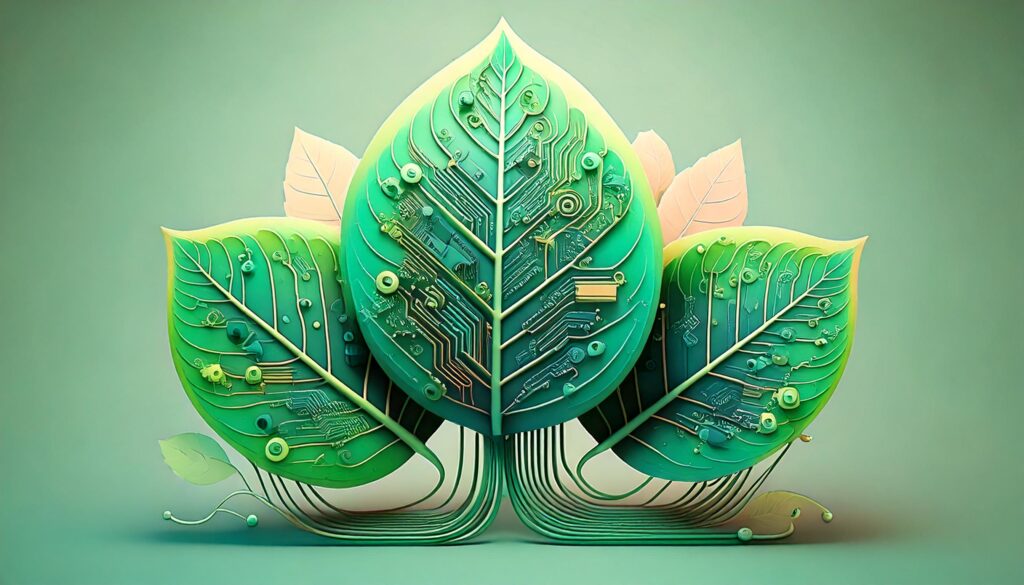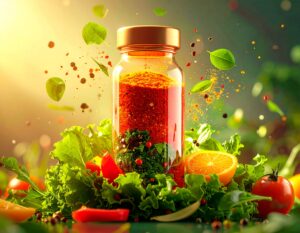Scientists have made a groundbreaking discovery! Using a method inspired by the way plants make food from sunlight, they’ve created a new “artificial leaf.” This amazing invention can remove carbon dioxide (CO2) from the air and turn it into fuels that don’t harm the environment.
The Technology Behind the Artificial Leaf
For years, scientists have been experimenting with ways to mimic the photosynthesis process of living things. Now, researchers from the University of Cambridge and the University of California—Berkeley have come up with a system that uses nature-inspired technology alongside tiny copper “nanoflowers” to create cleaner fuels. These fuels are like fossil fuels but come from hydrogen and carbon.

Building on Previous Research
In a paper published in the journal Nature Catalysis, the scientists explained how they built on earlier research into artificial leaves. These leaves are made with a special material called perovskite, which could also make solar panels cheaper and better in the future.
Creating Complex Hydrocarbons
Even though they had success before, lead author Virgil Andrei and his team wanted to go even further. They aimed to produce more complex hydrocarbons, which need a lot more energy to create.
Enhancing Efficiency
To achieve this, the scientists used the light-absorbing power of the perovskite-based artificial leaves and the copper nanoflower as a catalyst. This allowed them to make complex hydrocarbons like ethane and ethylene using just CO2 and water. They also added electrodes made of silicon nanowire and a chemical called glycerol, which made their device 200 times more efficient. This process also produced valuable chemical byproducts like glycerate, lactate, and formate.
The Role of Glycerol
Glycerol, also known as glycerin, is a colorless, odorless liquid that is sweet-tasting and non-toxic. It is commonly used in food, medicine, and as a building block in biofuels. It helps keep things moist and can speed up chemical reactions.
“Glycerol is usually considered waste,” Andrei said, “but here it plays a crucial role in speeding up the reaction.”
Future Potential
Although this new device is still in its early stages, the team is optimistic about its future. With the world facing increasing CO2 emissions and climate change, there’s no better time for such innovative technology.








